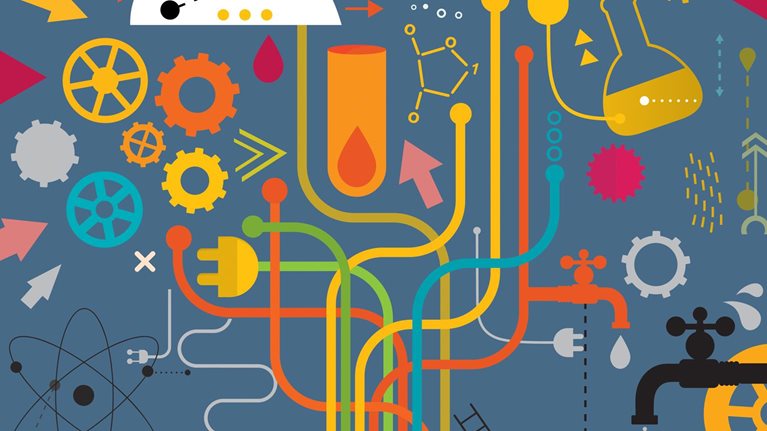The Internet of Things—sensors and actuators connected by networks to computing systems—has received enormous attention over the past five years. A new McKinsey Global Institute report, The Internet of Things: Mapping the value beyond the hype, attempts to determine exactly how IoT technology can create real economic value.
Our central finding is that the hype may actually understate the full potential—but that capturing it will require an understanding of where real value can be created and a successful effort to address a set of systems issues, including interoperability.
To get a broader view of the IoT’s potential benefits and challenges across the global economy, we analyzed more than 150 use cases, ranging from people whose devices monitor health and wellness to manufacturers that utilize sensors to optimize the maintenance of equipment and protect the safety of workers. Our bottom-up analysis for the applications we size estimates that the IoT has a total potential economic impact of $3.9 trillion to $11.1 trillion a year by 2025. At the top end, that level of value—including the consumer surplus—would be equivalent to about 11 percent of the world economy (exhibit).

Would you like to learn more about how we help clients understand the Internet of Things?
Achieving this kind of impact would require certain conditions to be in place, notably overcoming the technical, organizational, and regulatory hurdles. In particular, companies that use IoT technology will play a critical role in developing the right systems and processes to maximize its value. Among our findings:
- Interoperability between IoT systems is critical. Of the total potential economic value the IoT enables, interoperability is required for 40 percent on average and for nearly 60 percent in some settings.
- Currently, most IoT data are not used. For example, on an oil rig that has 30,000 sensors, only 1 percent of the data are examined. That’s because this information is used mostly to detect and control anomalies—not for optimization and prediction, which provide the greatest value.

Would you like to learn more about the McKinsey Global Institute?
- Business-to-business applications will probably capture more value—nearly 70 percent of it—than consumer uses, although consumer applications, such as fitness monitors and self-driving cars, attract the most attention and can create significant value, too.
- The IoT has a large potential in developing economies. Still, we estimate that it will have a higher overall value impact in advanced economies because of the higher value per use. However, developing economies could generate nearly 40 percent of the IoT’s value, and nearly half in some settings.
- Customers will capture most of the benefits. We estimate that IoT users (businesses, other organizations, and consumers) could capture 90 percent of the value that IoT applications generate. For example, in 2025 remote monitoring could create as much as $1.1 trillion a year in value by improving the health of chronic-disease patients.
- A dynamic industry is evolving around IoT technology. As in other technology waves, both incumbents and new players have opportunities. Digitization blurs the lines between technology companies and other types of businesses; makers of industrial machinery, for example, are creating new business models by using IoT links and data to offer their products as a service.
The digitization of machines, vehicles, and other elements of the physical world is a powerful idea. Even at this early stage, the IoT is starting to have a real impact by changing how goods are made and distributed, how products are serviced and refined, and how doctors and patients manage health and wellness. But capturing the full potential of IoT applications will require innovation in technologies and business models, as well as investment in new capabilities and talent. With policy actions to encourage interoperability, ensure security, and protect privacy and property rights, the Internet of Things can begin to reach its full potential—especially if leaders truly embrace data-driven decision making.


